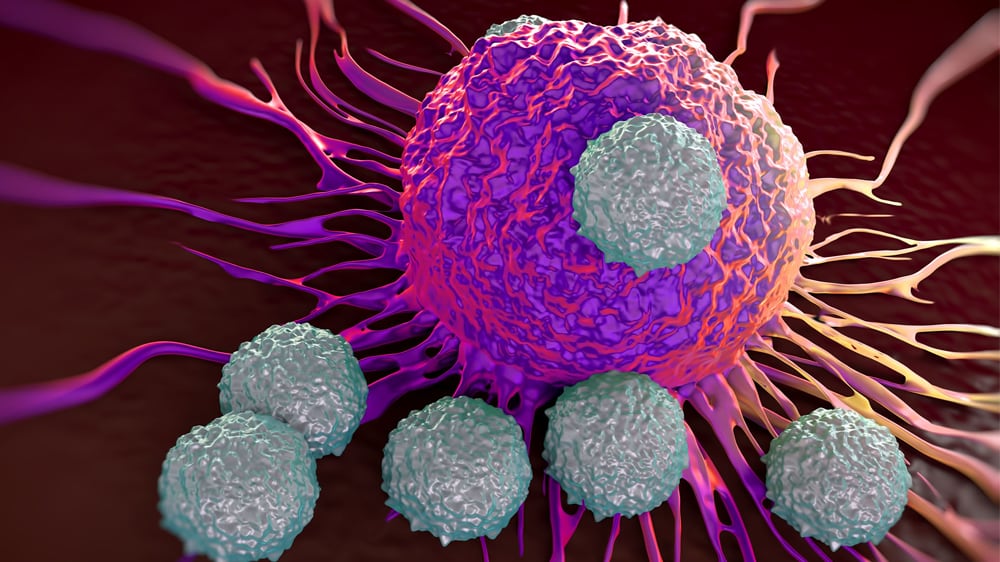Innovation
Courtesy UPenn Medicine
This Breakthrough Cancer Treatment Has Prevented Leukemia Relapse for Over a Decade
Super Effective
We already knew CAR T-cell treatment was incredibly good at killing tumor cells. But now we know it works for a ridiculously long time.

Trending Now





